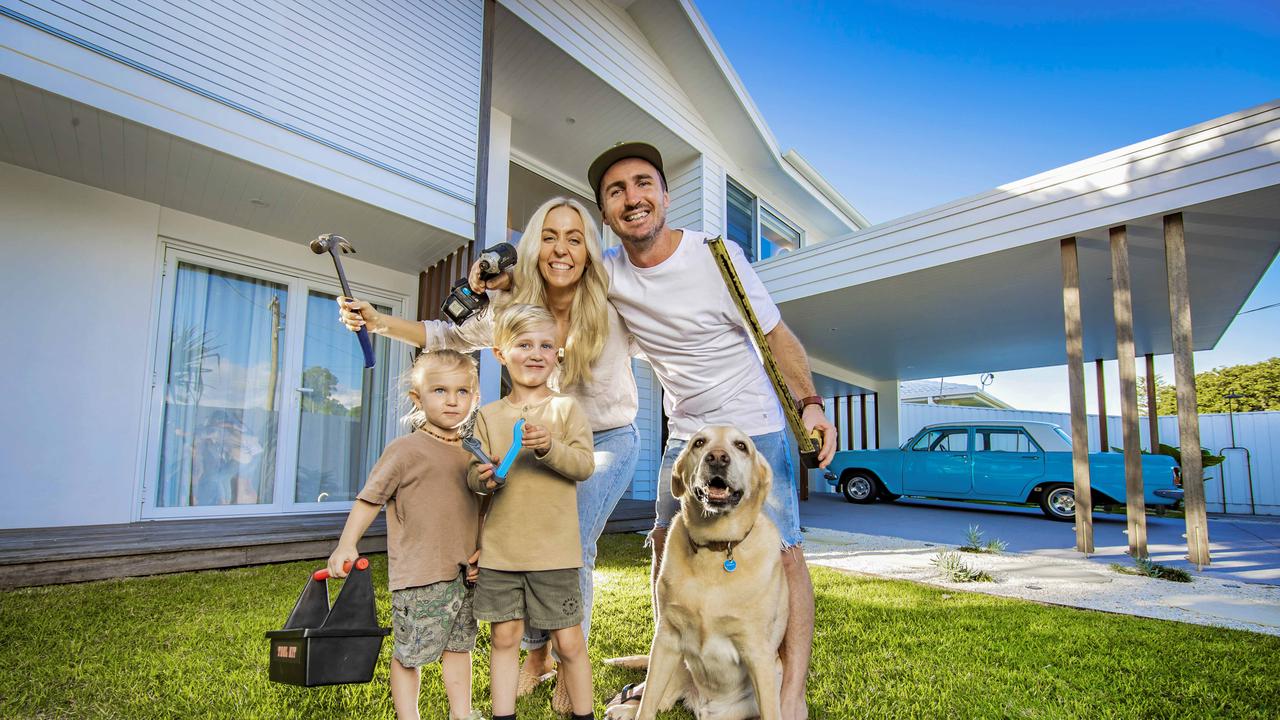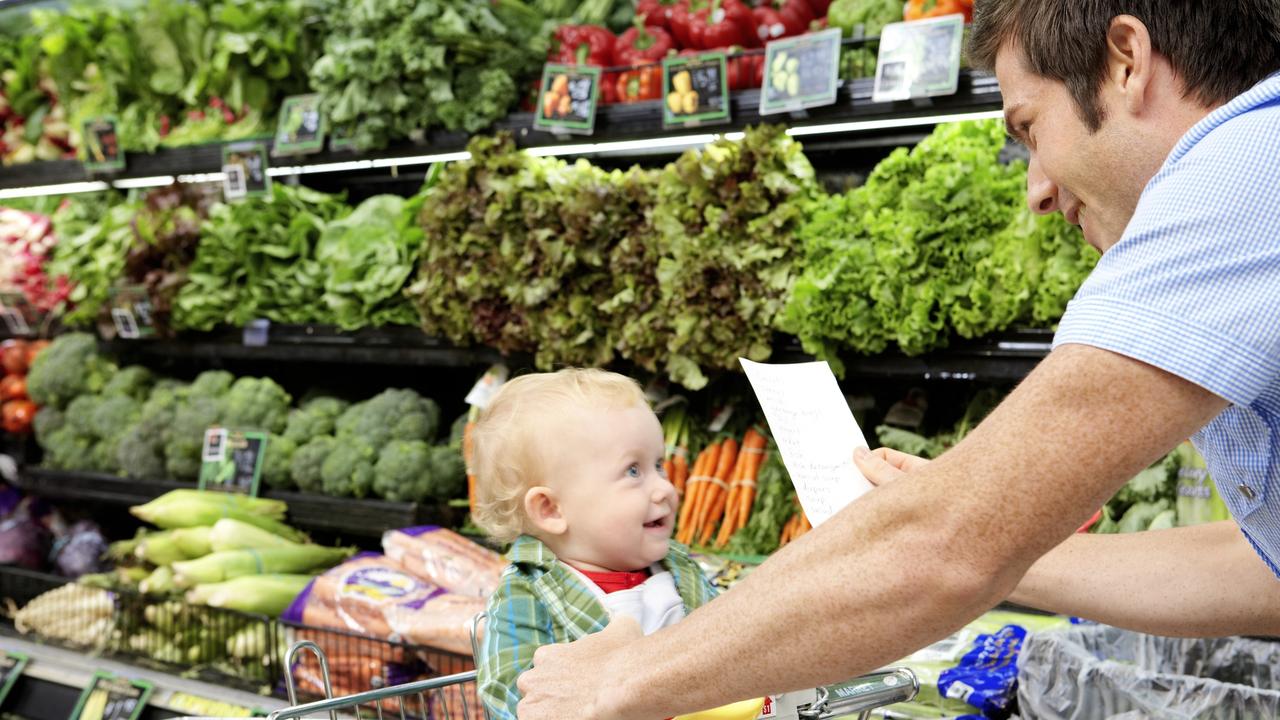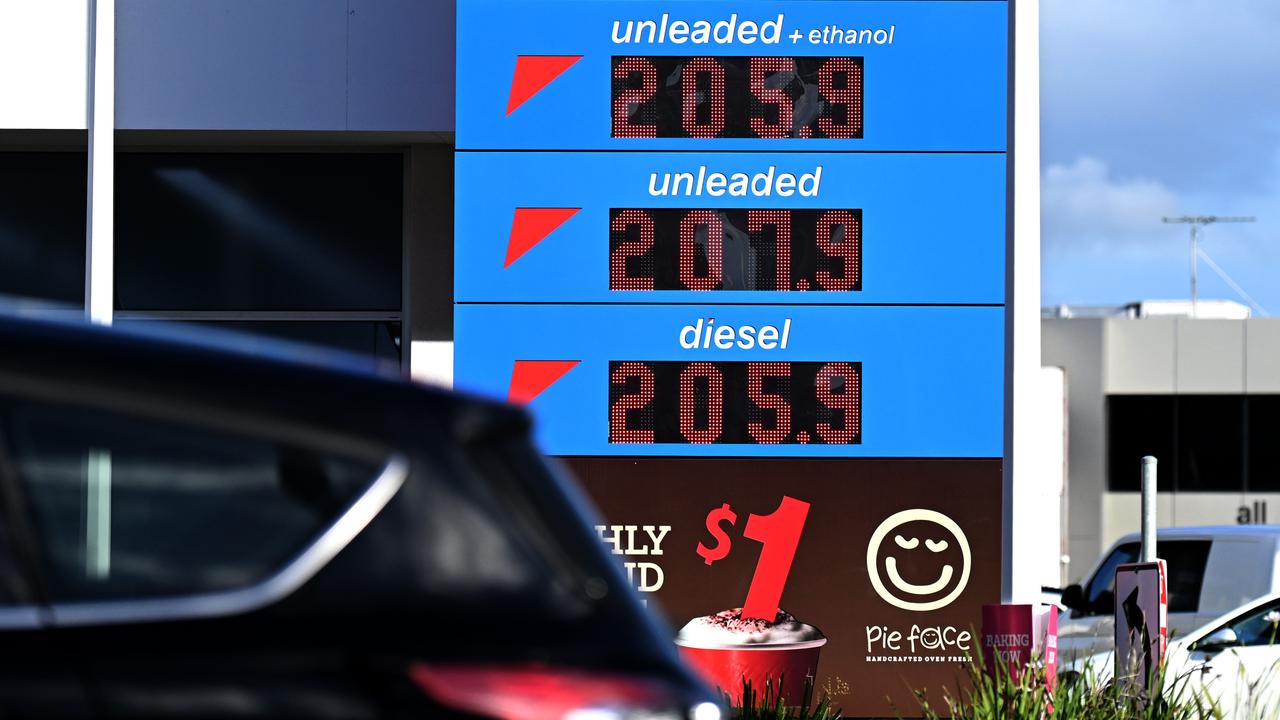Best & Worst: How rate rises will affect every QLD suburb
Buyers who maxxed out their budgets in over 500 Queensland suburbs could be facing a bleak Christmas, while homeowners in over 100 locales are better off now than they were in 2016.
BUYERS who maxxed out their budgets in over 500 Queensland suburbs could be facing a bleak Christmas, with rising rates and soaring living costs expected to put a mega dent in family budgets.
New analysis shows that Brisbane house prices have more than doubled since the last time the cash rate was 1.75 per cent – a target many economists think could be hanging over heads by Christmas
The Reserve Bank of Australia (RBA) is tipped to lift the cash rate to 0.75 per cent on June 7 – and as high as 1.75 per cent by December – meaning many households could soon be expected to find hundreds of dollars more to pay of their home, and that’s at a time when real wages are going backwards.
The last time the cash rate was 1.75 per cent was in 2016, and Malcolm Turnbull was in The Lodge.
Earlier this month, the RBA increased the official cash rate from a record low 0.1 per cent to 0.35 per cent on May 4, the first increase since November 2010.
MORE NEWS: Flooded, gutted, listed and under offer at first open home
Double trouble: Two builders collapse as costs surge
Units the only option for most Aussies now, says peak body

But new analysis by PropTrack and Finder shows the pain of 1.75 per cent will be more acute this time around on the back of record property price rises and inflation, with house prices in many suburbs doubling during the pandemic property boom andf veryday costs soaring.
Finder money expert Rebecca Pike said Aussies were being whacked from every angle.
“The number of Australians struggling to meet their living costs is continuing to climb, and reached a record high in April, according to Finder’s Consumer Sentiment Tracker,” she said.
The bills causing Aussies the most stress in 2022 are rent/mortgage repayments (35%), groceries (30%), and petrol (25%), according to the survey.

Analysis by PropTrack shows house values have doubled, in some cases tripled, since the last time the cash rate was 1.75 per cent, while cost of living research by Finder shows that the price of fuel has jumped 64.1 per cent over that same period.
The cost of beer is up 15.8 per cent since 2016, while milk and bread have also soared, up 15.4 per cent and 9.5 per cent respectively.

The cost of childcare has also gone up by 18.5 per cent, according to Finder.
In 2016, inflation was at around 1.3 per cent and the median Aussie salary was $1727, according to the Australian Bureau of Statistics.
Six years on, the median annual wage is $1786 – or a tank of fuel.

PropTrack data shows that house values in Sunshine Beach have tripled to $3.55 million since 2016.
Back in 2016, the average monthly mortgage repayment was $4620, but now it is an eye-watering $11,420, and could reach $14,190 if a 1.75 per cent cash rate is realised.
It is a similar story in Surfers Paradise, where house values have doubled and so have monthly mortgage repayments, despite wages in many sectors flatlining.

But the data shows it is not just the blue-chip suburbs that will feel the heat.
Even in the family suburbs of Brisbane, where median values were around $470,000 just six years ago but are now north of $800,000, monthly mortgage repayments will push the budget to the brink.
Median house prices in Camp Hill have doubled since 2016, with homeowners needing to find another $2000 to cover a 1.75 per cent rise in 2022.
A survey of 1000 Australians conducted by Mortgage Choice found that the majority of mortgage holders were not prepared for rising interest rates.
Of those, 17 per cent said they would be concerned if interest rates increased by 1 per cent, and 48 per cent were fearful of it reaching 2 per cent.
“One in two respondents said they could afford to pay an extra $201 per month and only 33 per cent of borrowers could afford to pay an additional $401 or more per month,” Mortgage Choice national sales director David Zammit said.
First home buyers were among the most concerned, according to the survey.

But it is not all bad news. There are over 200 suburbs across Queensland where homeowners will be paying less now than they were in 2016, even at 1.75 per cent.
In Brisbane, those living in Ellen Grove will be more than $200 better off, with the median unit prices around $20,000 cheaper now than in 2016.
In Townsville, house owners in Rasmussen will be $700 better off than they were in 2016, after house values tanked in the garrison city during the mining downturn
There are a number of suburbs across Townsville where homeowners are better off now, despite some price growth over the past two years, the PropTrack data shows.
It is a similar story in Mackay.

But in Cairns, it is unit owners only who are better off.
In the southeast, unit owners will also be among the select few paying less at 1.75 per cent now than they were in 2016.
PropTrack economist Angus Moore said what happens next to values would depend on how fast rates increased.
“We will likely continue to see price growth slowing, maybe even declining if rates rise too quickly,” he said.
But he added that the majority of homeowners had paid ahead of their repayment schedule while rates were at record lows, and those that did would be in decent shape to meet any rate increases.
He also said that banks had factored in rate rises for new home loans, and buyers abilities to repay those debts.
“But that’s not to say it won’t be a bit unpleasant,” he said.



